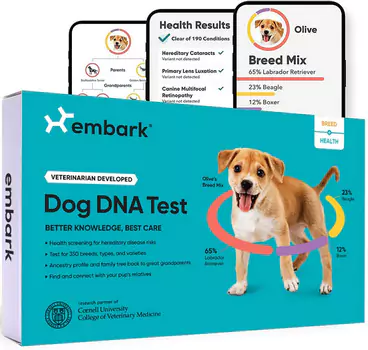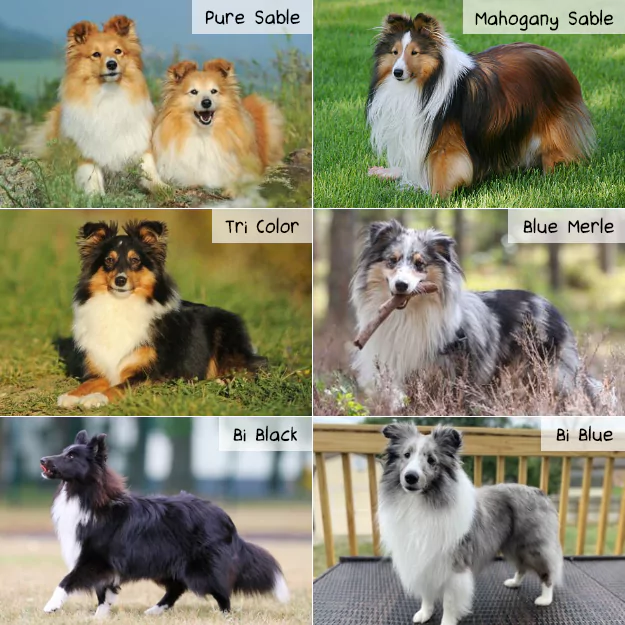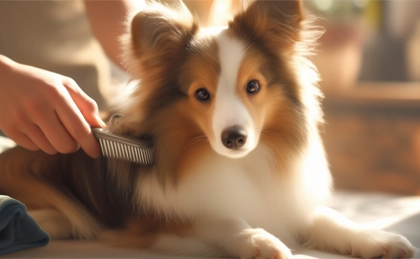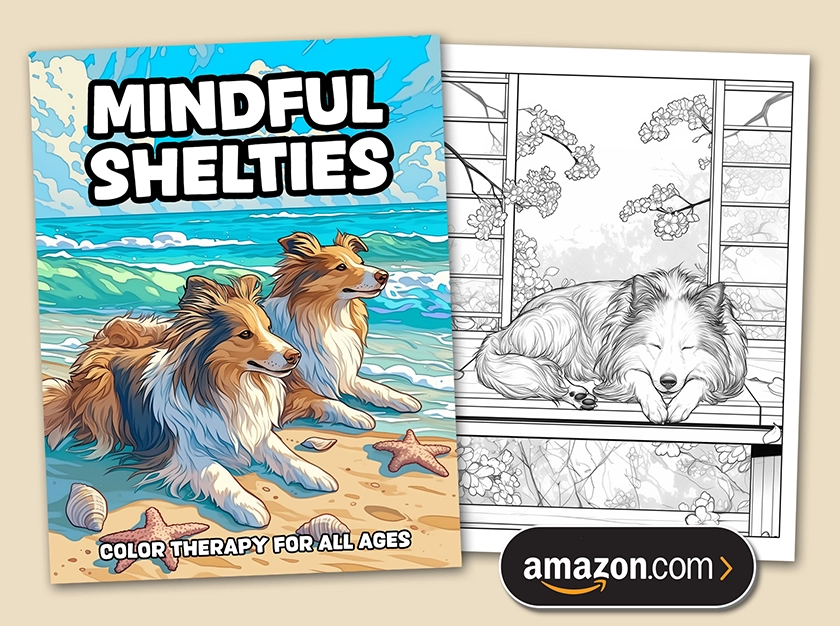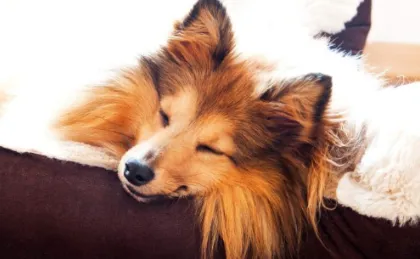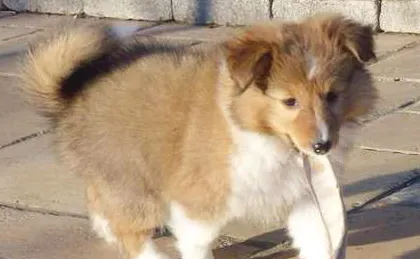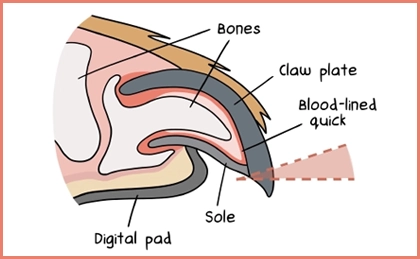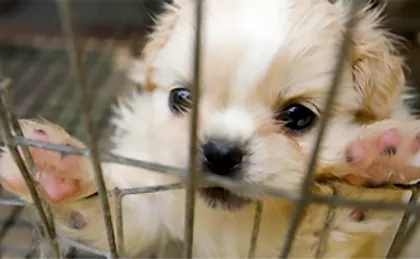There are six recognized Sheltie colors—Pure Sable, Mahogany Sable, Tri Color, Blue Merle, Bi Black, and Bi Blue—shaped by 11 color genes that direct pigment and pattern. Here's a rundown of coat types and an introduction to Sheltie color genetics.
#1. The Pure Sable Sheltie
The Pure Sable Sheltie is the most common sheltie color worldwide. The coat ranges from light gold to tan, with white markings on the chest, neck, and legs. Pure Sable puppies rarely look sable at birth—most are born gray or muted and develop their adult color over the first six months.
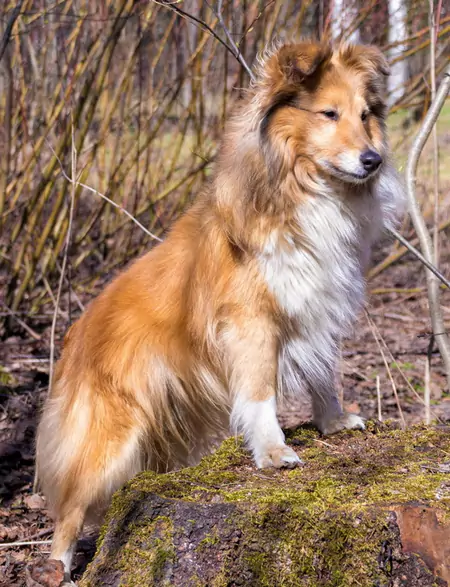
#2. The Mahogany Sable Sheltie
Mahogany Sable Shelties are genetically sable but darker because they're carrying a tri color gene variant. Their coats include deeper chestnut and mahogany, often tipped or heavily overlaid with black. This color is also called Shaded Sable and tends to darken with age, sometimes turning into large sections of black.
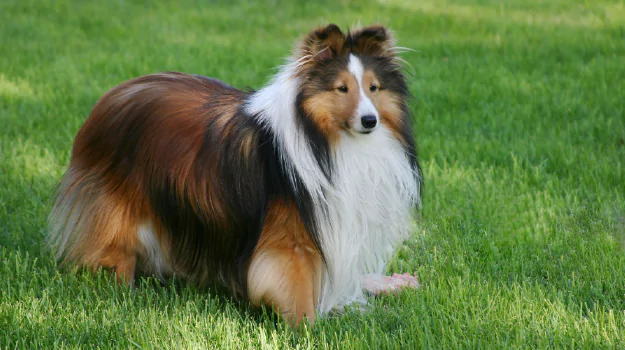
#3. The Tri Color Sheltie
Tri Color Shelties wear a black coat punctuated with tan around the eyes, cheeks, and legs, and white on the chest, neck, feet, and tail tip. Fun fact: most dog breeds are black-dominant, but Shelties break the mold. Their default color is Sable; a genetic feature they share with Rough Collies, Corgis, and Pomeranians.
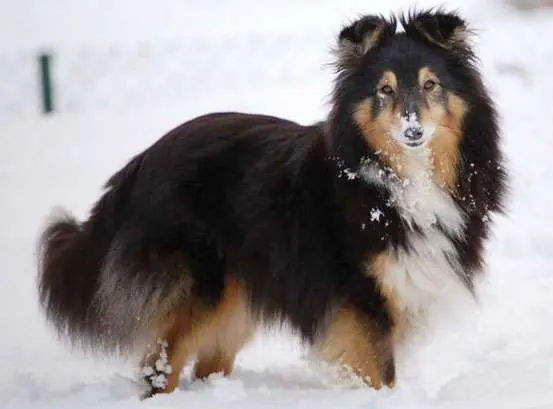
#4. The Blue Merle Sheltie
The Blue Merle Sheltie is visually distinctive with an abundance of blue-gray fur spiced up with a mottled pattern known as merling. Genetically, a Blue Merle Sheltie is a Tri Color with one copy of the Merle gene which dilutes black pigment.
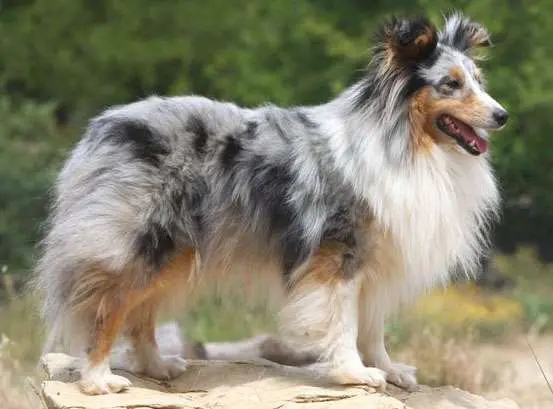
#5. The Bi Black Sheltie
The Bi Black Sheltie is a high contrast of black and white. Their coat is velvety dark, untouched by tan, making the crisp white stand out. Bi Black Shelties are less common than Tri Colors due to the dominance hierarchy of color genes.
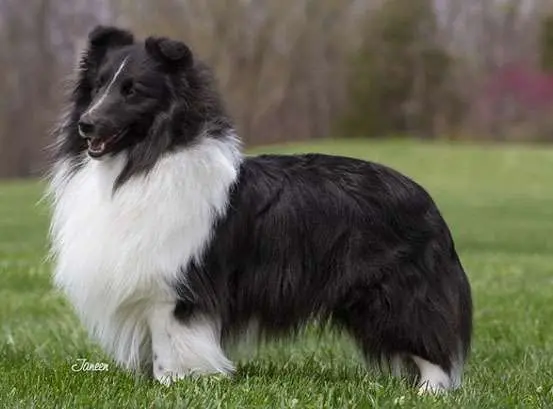
#6. The Bi Blue Sheltie
Bi Blue Shelties are rare. Their coats are a mesmerizing mix of cool-toned gray or blue against bright white and are often brushed with merle, giving them a frosted appearance. They are genetically Bi Black Shelties with a Merle effect diluting black pigment blue-gray.
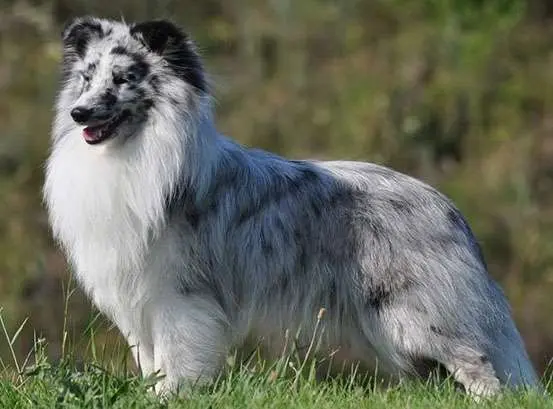
Sheltie Coat Patterns
Sheltie patterns describe how white is distributed on the coat. The standard pattern is the Irish pattern, which produces white on the chest, neck, feet, tail tip, and sometimes a blaze on the face. The effect scales through genetic interactions to produces White Factored Shelties, and at the extreme end, Color Headed Whites:
White Factored Shelties
White Factored Shelties have an abundance of pure white fur on their collar, chest, and legs. They're valuable to breeders looking to bolster the Irish pattern, and are themselves prized in conformation trials as long as the white fur doesn't cover more than half the body.
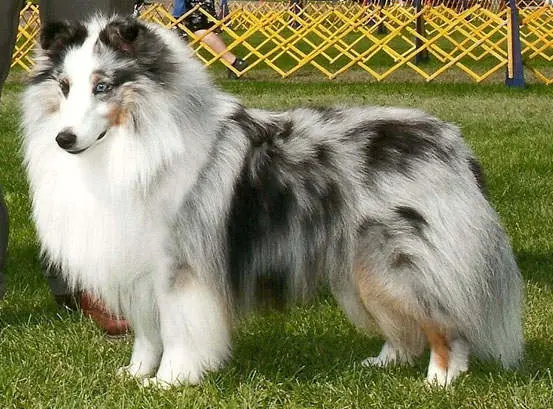
Color Headed White Shelties
Color Headed White Shelties have fully colored heads and mostly white bodies. While these rare beauties are disqualified from conformation for having too much white fur, they don't suffer the health issues of Double Merle Shelties (see below) as their coats come from White Factoring.
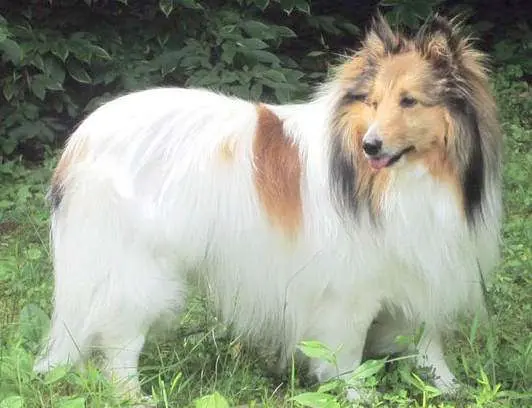
Sheltie Color Genetics
There are 11 known Sheltie color genes that direct everything from base color to patterns to progressive graying. Here are some key genetic terms:
| Gene | A unit of DNA that control traits (eg, the Merle gene) |
| Allele | A "flavor" of a gene (eg, M = Merle, m = no Merle) |
| Genotype | The combined alleles inherited from both parents (eg, MM) |
| Phenotype | The physical appearance of a genotype (eg, Double Merle) |
| Dominant | The most-expressed allele (eg, M) | Recessive | The least-expressed allele (eg, m) |
Consider two important Sheltie genes: the Merle gene and the Agouti gene.
The Merle Gene
The Merle gene determines whether pigmented fur is diluted into lighter shades. Think of it like a watercolor effect. There are two known alleles:
- M (Merle) = Black fur diluted to blue-gray
- m (No Merle) = No dilution
A Sheltie puppy inherits one of each of their parents (eg, sperm = M, egg = m) to end up with two copies (eg, Mm) in every body cell. When cells express this particular combination of Mm alleles, the Sheltie develops a Merle coat pattern because the M allele is dominant and the m allele is recessive.
Here are all the possible combinations of the two Merle alleles found in Shelties.
| M = Merle | m = No Merle | |
| M = Merle | MM = Double Merle | Mm = Merle |
| m = No Merle | mM = Merle | mm = No Merle |
These varieties are the result of genetic mutation over time. When mutations aid survival (eg, camouflage) it's another adaptation that drives the overall evolution of life. But when a mutation hinders survival (eg, blindness) it's a disease.
The Merle gene in excess can have this disease effect. A puppy with two Merle alleles (MM) is known as a Double Merle. They have a striking all-white coat but the lack of melanin pigment impacts the development of the eyes and ears in the womb, making them blind and deaf.
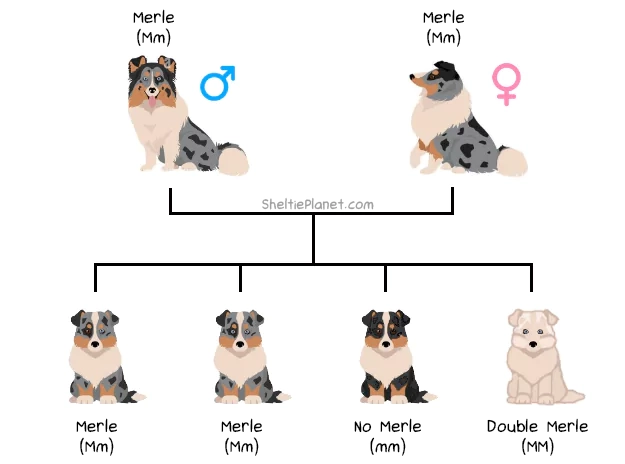
Responsible breeders never breed two Merle Shelties together, as they both carry a copy of the dominant Merle (M) gene. Statistically, while each individual offspring still has a 75% chance of inheriting a healthy genotype (Mm, mM, or mm), the fact that Shelties have litters of 4-6 puppies means at least one is likely to be born a Double Merle (MM).
The Agouti Gene
Perhaps the most important Sheltie color gene is the Agouti gene. This is a base color gene that controls the volume of tan or black, and whether it's banded or solid. Now things get a little more complicated because there are three Agouti alleles:
- ay = Sable
- at = Tri Color
- a = Bi Color
Here are all the possible combinations. The dominant allele is ay, followed by at, followed by the recessive a. This interplay creates a wider spectrum of coat colors:
| ay = Sable | at = Tri Color | a = Bi Color | |
| ay = Sable | ayay = Pure Sable | ayat = Mahogany Sable | aya = Mahogany Sable |
| at = Tri Color | atay = Mahogany Sable | atat = Tri Color | ata = Tri Color |
| a = Bi Color | aay = Mahogany Sable | aat = Tri Color | aa = Bi Black |
Clear as mud, right? It only gets more complicated when we combine the Agouti and Merle genes, although for simplicity let's focus on the six Sheltie colors described earlier:
 |
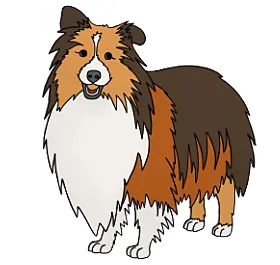 |
| Pure Sable | Mahogany Sable |
| Agouti: ayay | Agouti: ayat / aya |
| Merle: mm | Merle: mm |
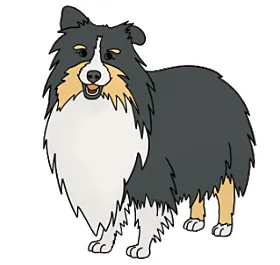 |
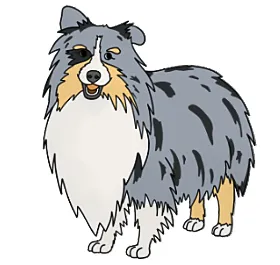 |
| Tri Color | Blue Merle |
| Agouti: atat / aat | Agouti: atat / aat |
| Merle: mm | Merle: Mm |
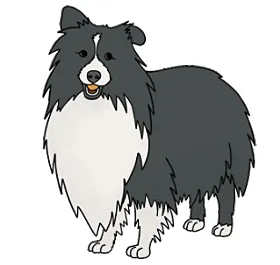 |
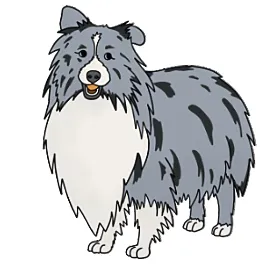 |
| Bi Black | Bi Blue |
| Agouti: aa | Agouti: aa |
| Merle: mm | Merle: Mm |
This is why the job of an ethical Sheltie breeder is not as simple as "breeding the cutest dogs". Genes and their complex interactions drive coat color, body size, health, temperament, energy, and more. A good breeder understands the genetics as much as they understand the nuances of raising and training healthy and happy Shelties.
If you're interested in learning more about your Sheltie's genetics, order an at-home Dog DNA Test. Mail your dog's cheek swab for analysis and get a detailed report on:
- Health insights - disease alleles of 270+ genetic health conditions.
- Breed ancestry - reveal mixed ancestry across 400+ dog breeds.
- Physical traits - 55 phenotypes including coat, shedding, and size.
- Allergy scores - environmental, food, contact, and flea allergies.
- Family tree - connect with your dog's genetic relatives.
